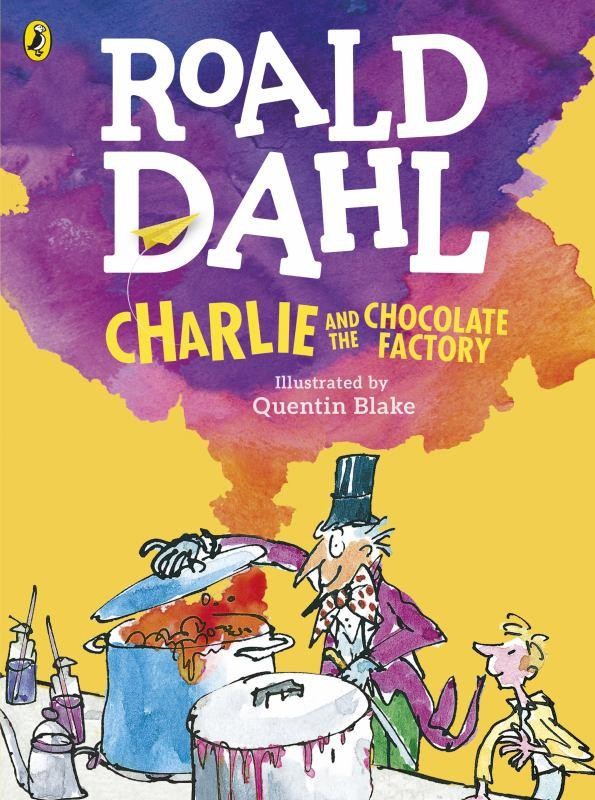The Story-driven Brain
Neuroscientists are becoming increasingly aware of an essential mode that our brain uses when interacting with the world and receiving information.
Just like linguists such as Noam Chomsky posited the „grammar-brain” some 50 years ago, more and more scientists today talk about a “storytelling or narrative-brain”, which seems to be with us from birth till death.
From Birth till Death

Huizinga and his successors have stressed the importance of play (games) in the early development of children, implying that adult life is just a more complex form of playing.
But children don’t only play. They tell stories about their play. They contextualize and give meaning to their child-games.
Teaching with storytelling – Elements

Scientists have discovered that most stories children tell and are told follow a specific pattern.
These stories include:
- Characters they can identify with
- A moral order according to which the world is organized
- A problem that needs to be overcome
- An extraordinary deed that both solves the problem and raises the hero to a new level of consciousness
In other words, it teaches the hero – and of course, the child – a lesson
Tool for teaching Interdisciplinarity

School is the place where the storytelling mode is gradually replaced by the expositional-analytic mode, and that is done especially in science subjects (maths, physics, chemistry, biology).
Teaching with storytelling – STEM
It shouldn’t be like that. Teachers can still employ stories to teach students about science, the environment, etc. by including the abstract, theoretical elements in stories children love to read.
EXAMPLE: Teachers can use Charlie and the Chocolate Factory by Roald Dahl or The Story of Frog Belly Rat Bone by Basil Ering.

We all know the story of the crazy factory owner, but what added learning value does it provide?
- recognise that living things can be grouped in a variety of ways
- Explore and use classification keys to help group, identify and name a variety of living things in their local and wider environment
- recognise that environments can change and that this can sometimes pose dangers to living things
Key concepts
- States of matter, solid, liquid, gas
- Change state
- Ice/water/steam, water vapour
- Heated/heating, cooled/cooling
- Temperature, degrees Celcius melt
- Freeze, Solidify, boil
- Evaporate/evaporation, condense/condensation
The Story of Frog Belly Rat Bone


Key ideas
identify and describe the functions of different parts of flowering plants: roots, stem/trunk, leaves and flowers
explore the requirements of plants for life and growth (air, light, water, nutrients from soil, and room to grow) and how they vary from plant to plant
investigate the way in which water is transported within plants
explore the part that flowers play in the life cycle of flowering plants
Conclusion

Heroes acquire knowledge through adventure.
Make your teaching experience an adventure for your students.
The journey is all.
